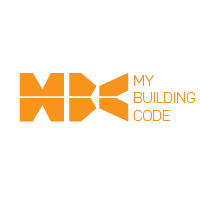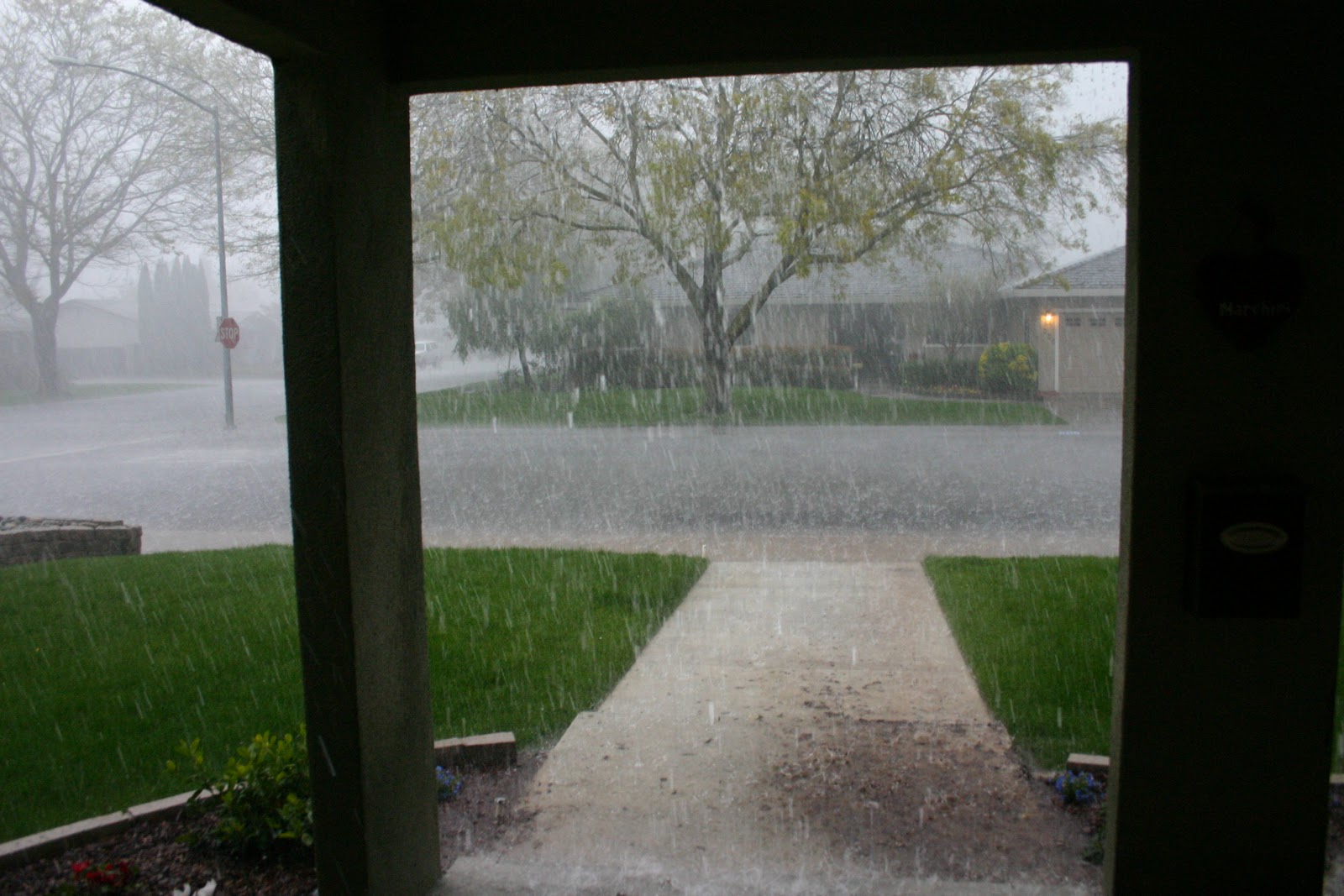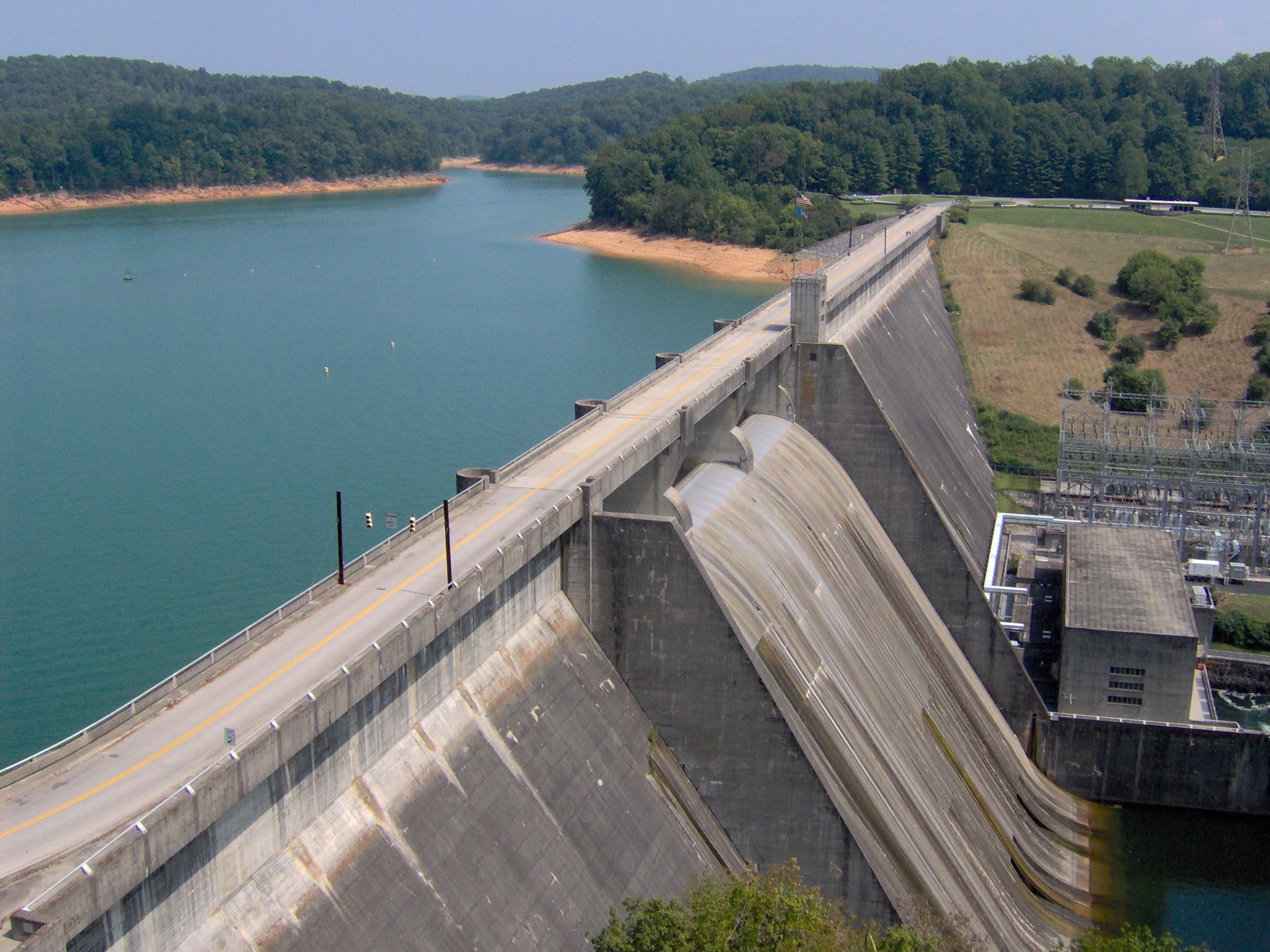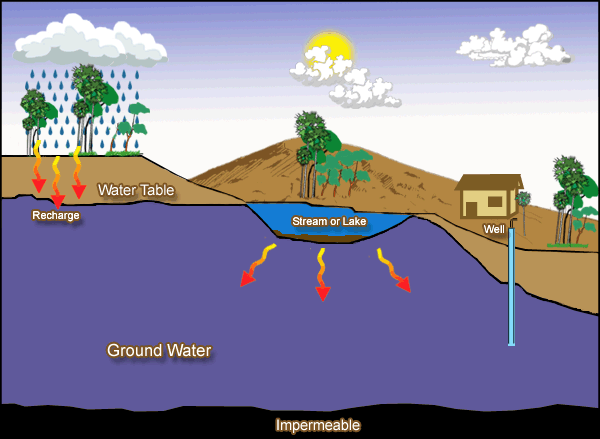The late onset of Kenya’s second rainy season in the previous year, should have served as sufficient warning of the impending drought, currently being experienced.
It is quite galling that 1.3 million Kenyans in 12 counties are facing starvation owing to drought when more could have been done to mitigate against its effects.
It has been reported that in counties such as Garissa, Wajir and Mandera, there hasn’t been proper rainfall for more than a year, yet little has been done to develop adequate water sources even though opportunities exist to exploit ground water aquifers.
Dry years do occur often and Kenya’s people and economy have become highly vulnerable to erratic climatic patterns and limited water availability.
We may not be able to stop an impending drought, but we can prepare for it and reduce the disaster risk by preventing the worst of it.
Rainwater Harvesting for the individual
Rainwater harvesting and construction of storage infrastructure is probably one of the most ‘do it yourself solutions’ that an individual can attempt.
It simply involves the collection of water from surfaces on which rain falls, and subsequently storing this water for later use and can be used to supplement the main supply as well as provide water when there is a drought.
The basic rainwater harvesting system is more of a plumbing job than a technical job as all the outlets from the building terrace are connected through a pipe to an underground tank that stores water.
To get it right, you need to appropriately size the rainwater storage and estimate the amount of rainfall that is able to be collected by the area of capture or roof area.
The rainfall capturing area must be large enough to maintain adequate flow with the water storage tank size being large enough to contain the captured water.
Dam construction
A more expensive undertaking , which helps to secure a permanent water supply for urban settlements over the dry season, would be the construction of dams.
For thousands of years, dams have been used to store water and to create energy.
They serve to ensure an adequate supply of water by storing water in times of surplus and releasing it in times of scarcity, thus also preventing or mitigating floods.
A dam is the cornerstone in the development and management of water resources development of a river basin.
The multipurpose dam is a very important project for developing countries, because the population receives domestic and economic benefits from a single investment.
Purified waste water
In ensuring we have adequate supply of water for our need, we also have to check on how we use and dispose of the waste water from our homes.
Currently waste water reuse is illegal in Kenya but given the low national average rainfall of 400mm, its high time the government steps up efforts to harvest, store and re-use wastewater.
Water recycling is reusing treated wastewater for beneficial purposes such as agricultural and landscape irrigation, industrial processes, toilet flushing, and replenishing a ground water basin (referred to as ground water recharge).
Wastewater treatment can be tailored to meet the water quality requirements of a planned reuse, for example recycled water for landscape irrigation requires less treatment than recycled water for drinking water.
Recycled water can satisfy most water demands, as long as it is adequately treated to ensure water quality appropriate for the use. It is worth noting however, that recycled water is most commonly used for non-potable (not for drinking) purposes, such as agriculture, landscape, public parks, and golf course irrigation.
Ground water as an alternative
An untapped area to Kenya’s water crisis would be the exploitation of ground water. Water beneath the earth’s surface comprises over 97 per cent of the world’s readily accessible freshwater.
In Kenya, the full potential of groundwater is unknown. Meanwhile, the intensifying use and demand for water resource in Kenya reveals its strategic importance with an intervention in groundwater expected to bring tangible change.
Back in September 2013, findings of a groundwater mapping project, GRIDMAP (Groundwater Resources Investigation for Drought Mitigation in Africa Programme), spearheaded by UNESCO in partnership with the government of Kenya and with the financial support of the Government of Japan had identified two new groundwater sources: The Lotikipi Basin Aquifer and the Lodwar Aquifer.
The study found that Turkana hosts a minimum reserve of 250 billion cubic meters of water, which is recharged mainly by the rainfalls of the Kenyan and Ugandan highlands at a rate of 3.4 billion cubic meters per year.
The water source alone is said to be twice the amount Kenyans consume today and could boost the country’s share of water by 17%. Upon further research however, the preliminary test results from Lotikipi showed that the water was too salty to drink.
After drilling 350 meters underground, saline levels were seven times higher than considered safe by the World Health Organization (WHO).
Experts were still hopeful of the viability citing desalination of water as one of the solutions.
Already there are organizations who are desalinating water from the rift valley which ordinarily has very high levels of Flouride. It may be a bit expensive but its definitely cheaper than tracking water to those communities for human consumption.
The solution lies within our borders
Even as the drought continues to bite, the government of Kenya remains adamant that it cannot be declared a national disaster but just a crisis that will be managed according to Cabinet Secretaries Henry Rotich, Mwangi Kiunjuri and Eugene Wamalwa.
All eyes are now on, the Kenya Red Cross which has launched the #EmbraceAFamily movement urging Kenyans to support a hungry child in drought hit areas.
An almost similar initiative, then dubbed ‘Kenyans for Kenya’ initiative by the same organization back in 2011 was commendable not only as a show of solidarity in order to alleviate the suffering of fellow countrymen but also as a symbolic reminder that the solutions lie within us.
We have the capacity to solve our own problems, let’s not look elsewhere.










